Anna Puigjaner of MAIO Studios wins 2016 Wheelwright Prize
By Justine Testado|
Thursday, May 19, 2016

Related
The coveted 2016 Wheelwright Prize went to Anna Puigjaner, cofounder of Barcelona-based MAIO Studios, as announced today by the Harvard Graduate School of Design. First established by the school in 1935, the prestigious $100,000 travel architectural research grant is awarded to one lucky early-career architect. Originally intended for Harvard GSD alumni, the prize became an open international competition in 2013 that gives competitive early-career architects anywhere on the globe a chance to apply. Some iconic recipients include Paul Rudolph, Eliot Noyes, William Wurster, and I. M. Pei.
Competition always runs high, with this year's cycle attracting nearly 200 submissions representing some 45 countries that touched on various architectural, technological, and social issues. The jury then selected four finalists in March, and Anna Puigjaner won for her proposal “Kitchenless City: Architectural Systems for Social Welfare”. Using shared domestic spaces as a starting point, Puigjaner will spend the next two years studying various collective housing models in China, Korea, India, Russia, Sweden, and Brazil aiming to find new design solutions that address persistent housing dilemmas worldwide.
Read on for more.

RELATED NEWS Four 2016 Wheelwright Prize finalists from Chile, Italy, and Spain to compete for $100K grant
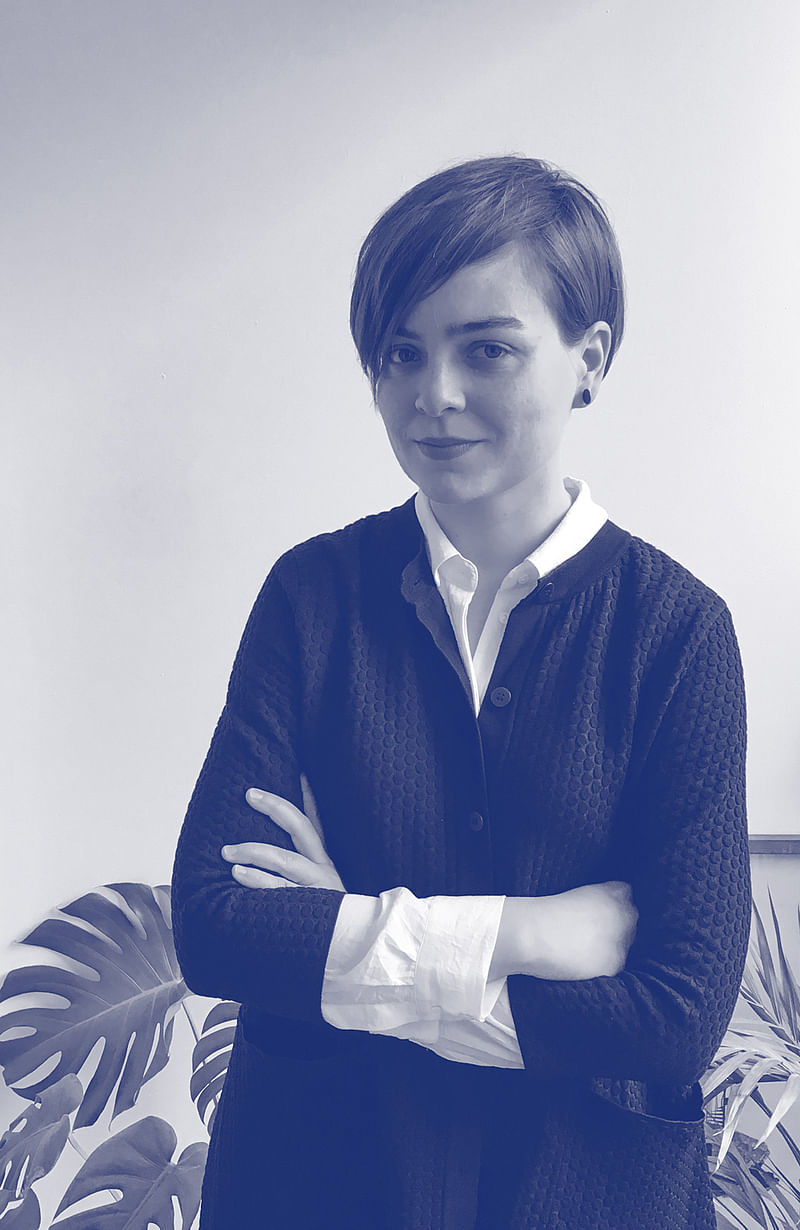
“Puigjaner is a graduate of the Escola Tècnica Superior d’Arquitectura de Barcelona-Universitat Politècnica de Catalunya (BArch 2004, MArch 2008, and Ph.D. 2014). In 2005, she cofounded MAIO Studio with partners Maria Charneco, Alfredo Lérida, and Guillermo López. MAIO operates as a collaborative studio and has completed several projects, spanning exhibition design, furniture, interiors, public spaces, urban planning, and architecture. Puigjaner teaches at the School of Architecture of Barcelona and Massana School of Arts and Design, and she has lectured at multiple architecture schools including Columbia University, Yale University, Universidad Politécnica de Madrid, and Washington University, among others.”
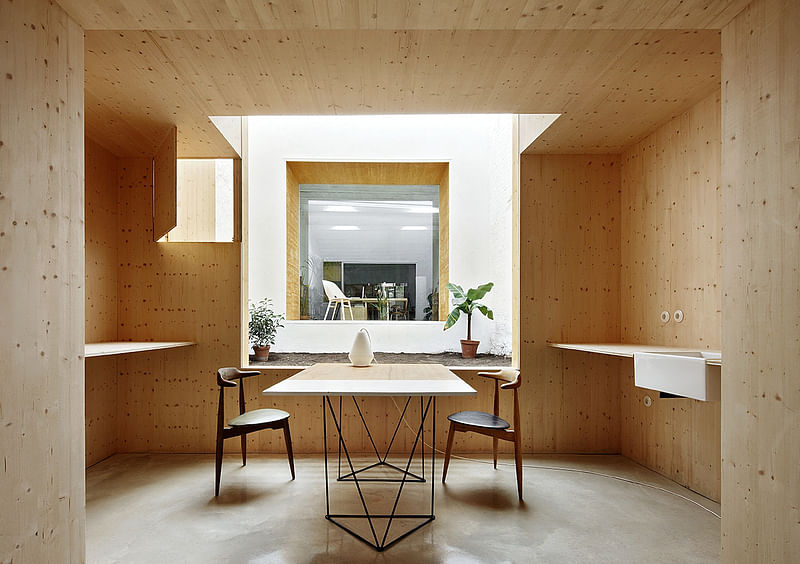
“Kitchenless City: Architectural Systems for Social Welfare” focuses on a historic housing type: housing blocks with collective kitchens, in addition to other shared amenities like dining rooms, lounges, and service areas. Puigjaner proposes to study collective housing in Russia, Brazil, Sweden, China, Korea, and India in order to examine a variety of approaches to the organizing and distributing of domestic spaces. “Noting this housing type and notion of collective life were ‘deeply understood as a tool for social transformation,’ [Puigjaner] sees its relevance to today’s housing dilemmas and its potential lead to discovering ‘renewed domestic proposals for the present.‘”
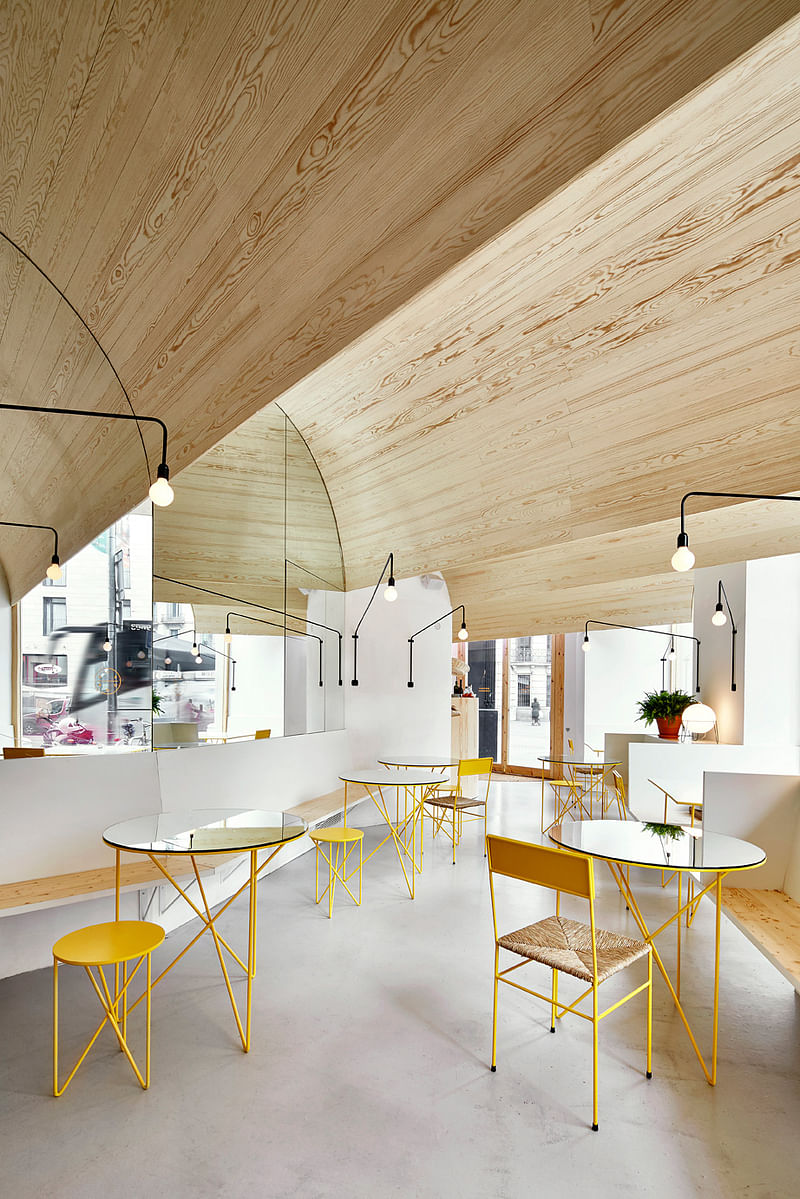
“The research builds on work Puigjaner initiated several years ago while pursuing her Ph.D. She has published articles on the subject, contributing essays to Space Caviar’s SQM: The Quantified Home (Lars Muller, 2014) and Volume (2013, #. 3). Kitchenless City is also evidently reflective of MAIO Studio’s particular interest in flexible systems and the potential of variation, ephemerality, and appropriation.”
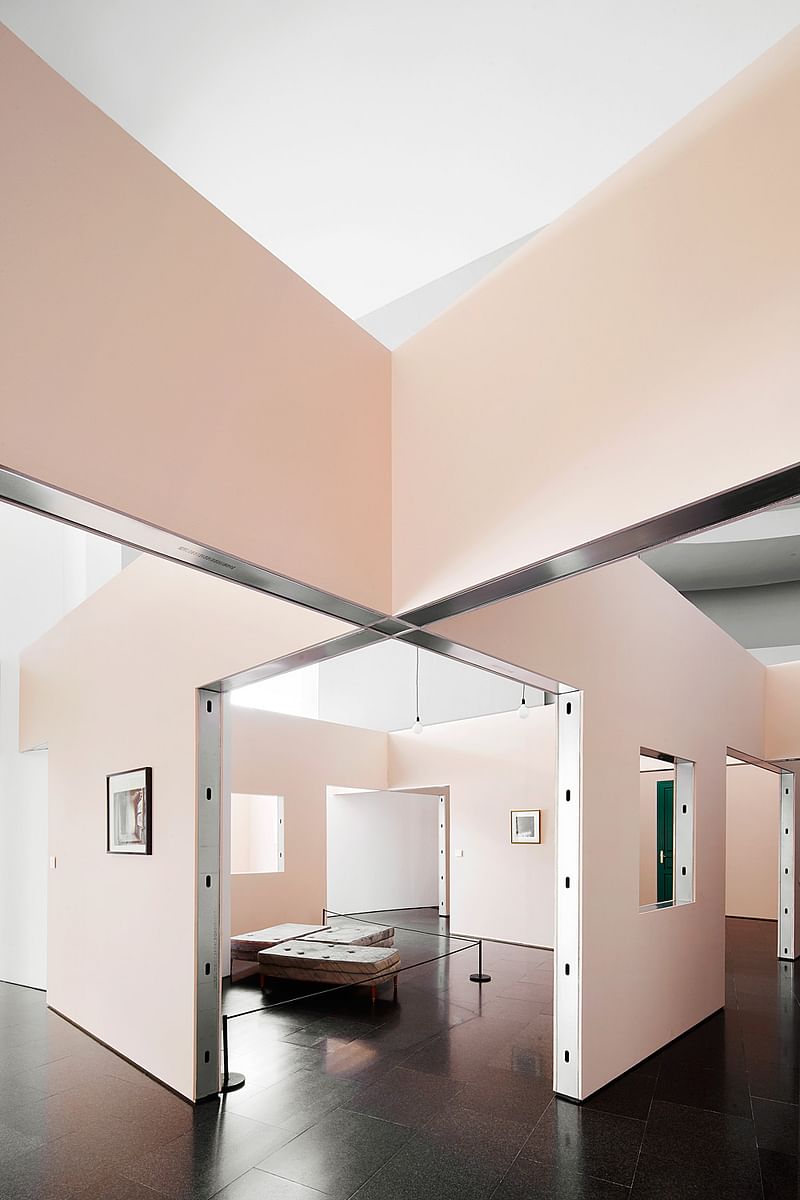
“MAIO Studio's finalist submission to the MoMA PS1 Young Architects Program in 2014, Rooms: No Vacancy, designed with Fake Industries Architectural Agonism, consisted of a grid of rooms offering a succession of different atmospheres and moods.”
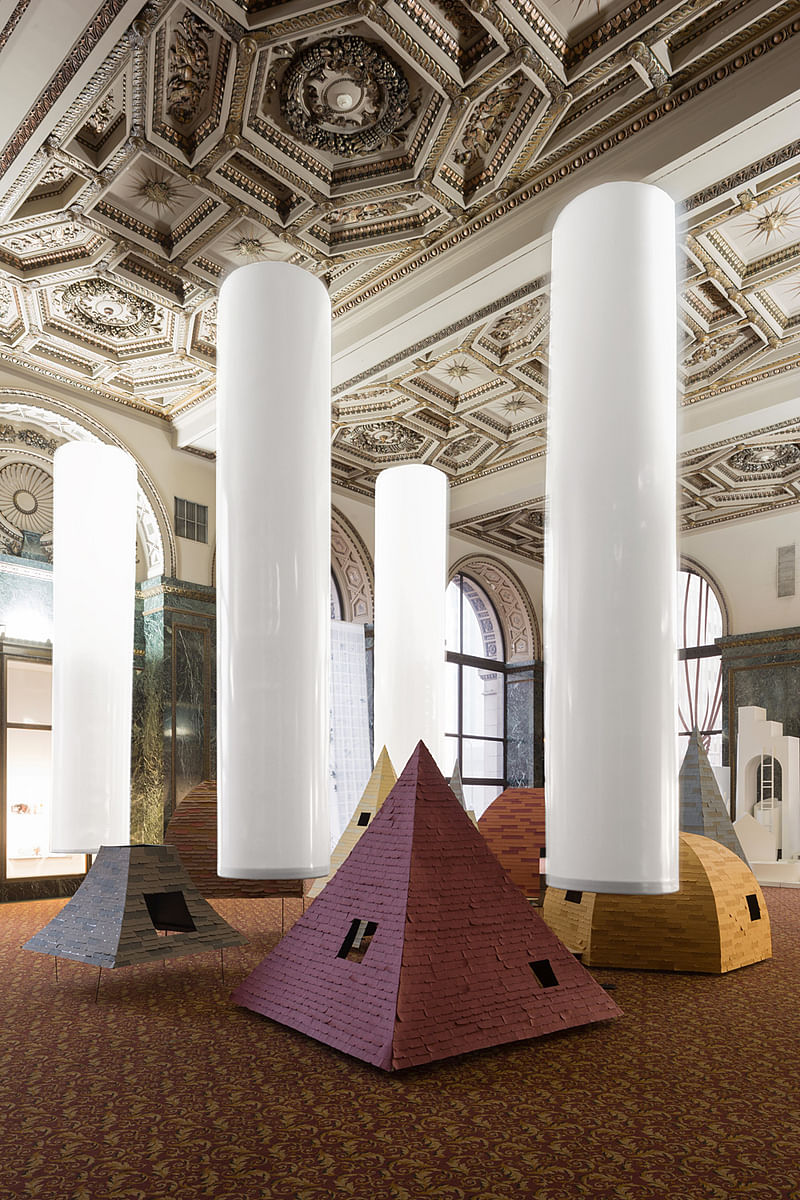
“For the 2015 Chicago Architecture Biennial, MAIO created Floating, a series of inflated columns that traveled throughout the Chicago Cultural Center. This drew from MAIO previous projects Floating: Urban Activator (Barcelona, 2011) and Urban Space System (Barcelona, 2014), which utilized flexible devices to delineate new gathering spots or “monuments” in public spaces. The firm’s first building is, fittingly, a residential block that puts many of its ideas about open systems and changeability into practice.”
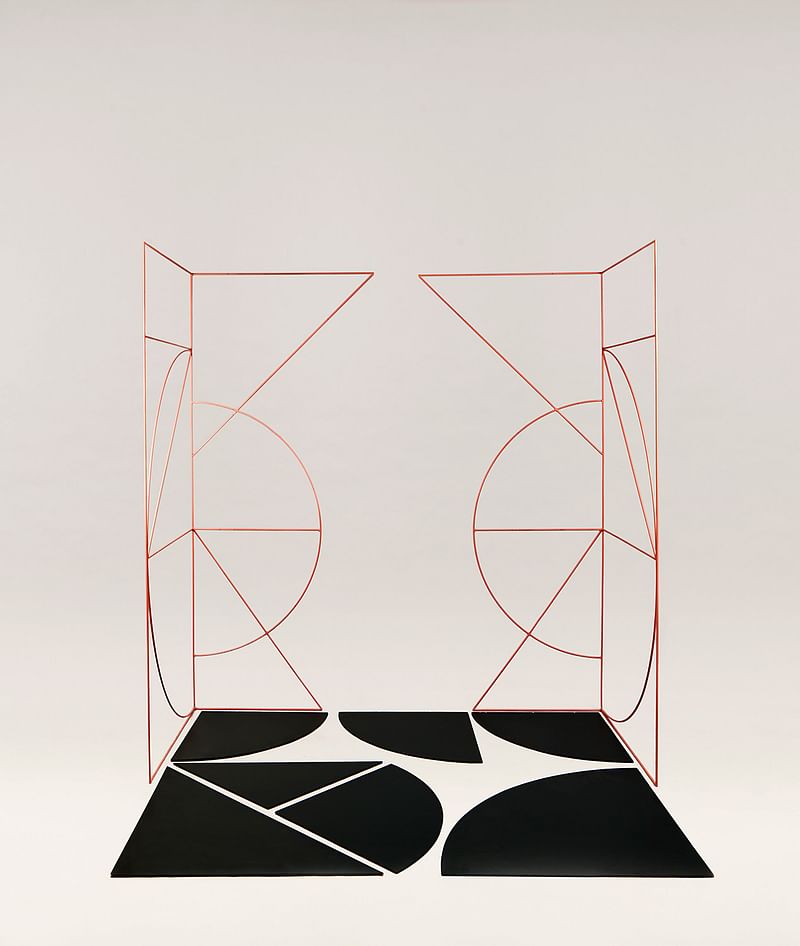
“Over the next two years, Puigjaner's research itinerary will begin with historical examples, such as the Kommunalkas, which began appearing in the Soviet Union after the 1917 revolution; as well as the projects spearheaded by Carmen Portinho, who directed Rio de Janeiro’s Popular Housing Department in the late 1940s and 1950s, including the large-scale Gávea and Pedregulho housing projects, both designed by Affonso Eduardo Reidy and completed in the early 1950s.”
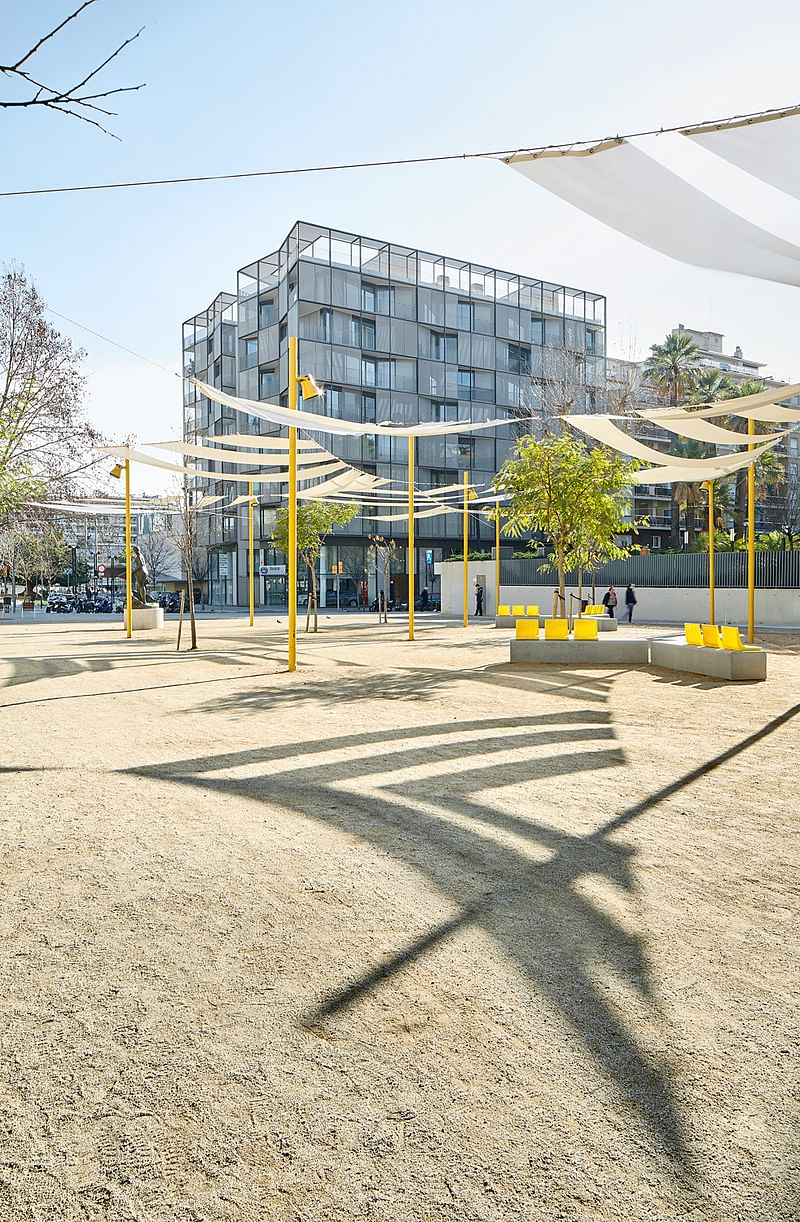
“Puigjaner will then visit contemporary examples of alternative collective domestic architecture, like the Sargfabrik complex in Vienna (BKK-2 Architectur, 1996), and Chinese entrepreneur Liu Yang’s You+ International Youth Apartments, affordable communal housing aimed at young adults, and is now in 14 cities in China. Afterward, she will continue her research at the collective solar kitchens in India and kitchenless housing developments in Korea and Japan.”
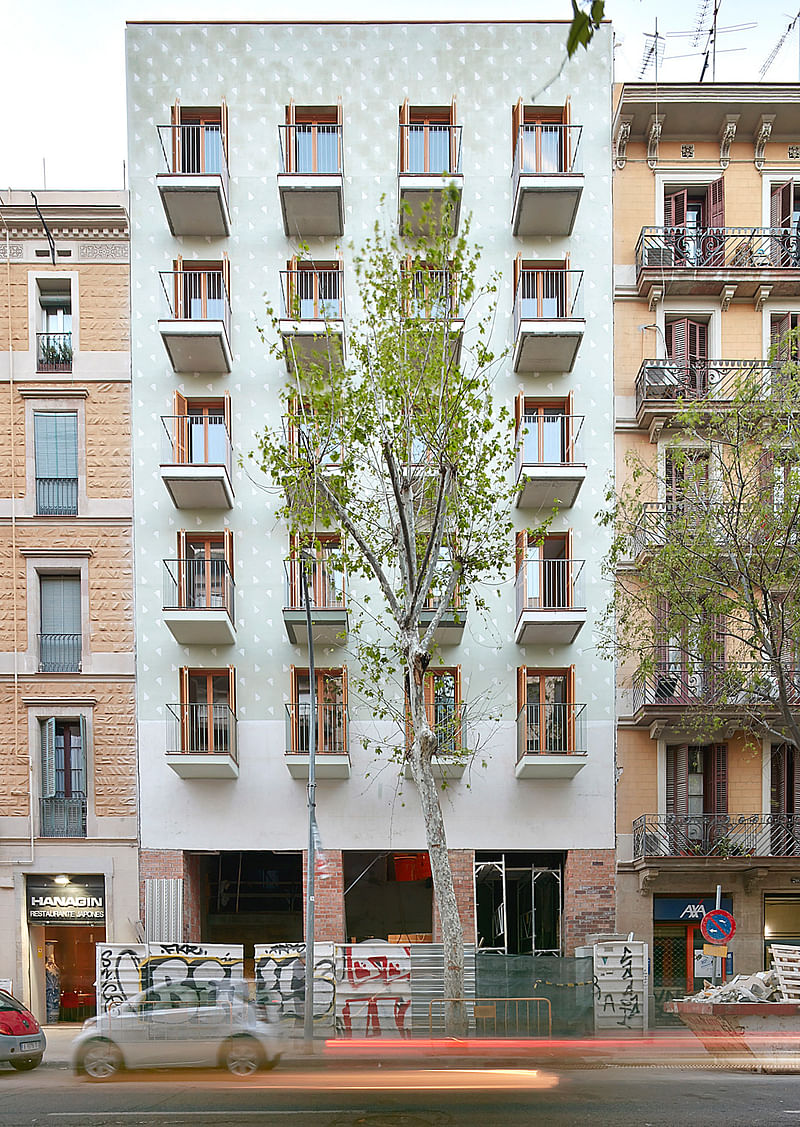
The jury cited Puigjaner's Wheelwright proposal for its relevancy to the ongoing housing issues occurring throughout the world and the need for new and inventive housing models, as cities struggle to keep up with adequate housing due to rapid urbanization. Puigjaner's proposal also highlights the rise of alternative sharing and resource-pooling economies.
More images in the gallery below.
RELATED COMPETITION 2016 Wheelwright Prize

RELATED NEWS Erik L’Heureux wins 2015 Wheelwright Prize





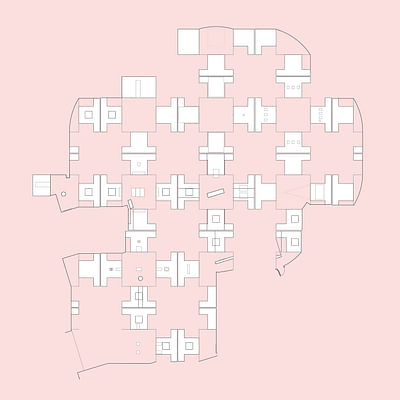
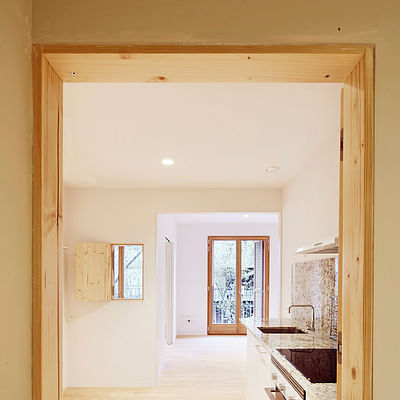


Share
0 Comments
Comment as :